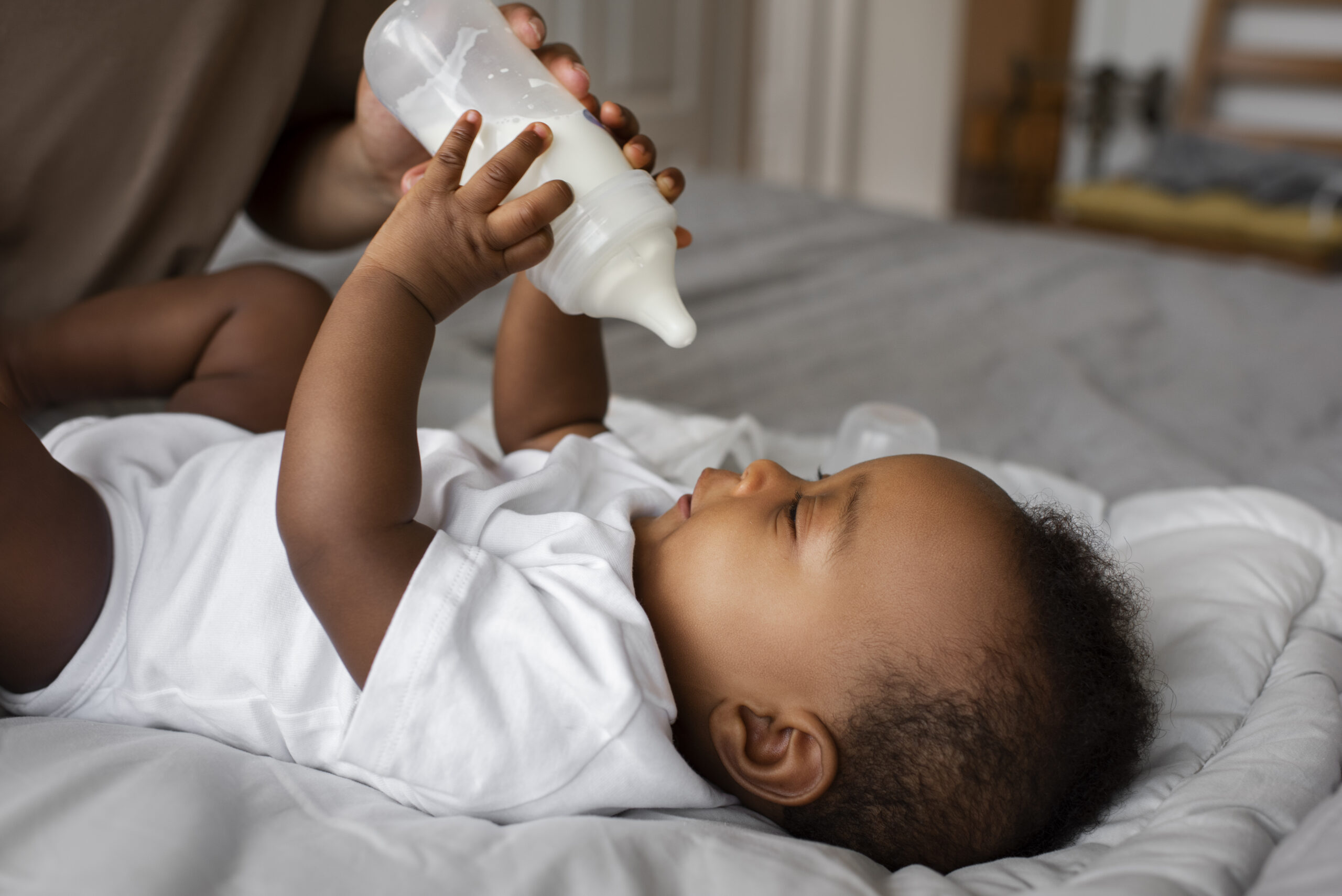When your child has fever
Fevers are common among children and they remain the most common concern that makes parents take their children to hospital. As a new mother, it is easy to panic when
Fevers are common among children and they remain the most common concern that makes parents take their children to hospital. As a new mother, it is easy to panic when your baby feels hot all over his body. Worse still is that fevers mostly attack at night. However, fevers are rarely dangerous unless they are so high that a child ends up convulsing. Fever is usually an indicator of infection, which may require treatment. As a rule of thumb, every parent should have a thermometer at home to help monitor the baby’s fever.
Indicators of a fever
When a baby is well, the temperature should range between 36 to 37 degrees Celsius. Any temperature above 37.5 degrees Celsius indicates a fever. It is important to always use a thermometer, as it will give you an accurate reading of your baby’s temperature.
Incase you do not have a thermometer, you can feel your child’s chest and the back of his neck and if the skin feels hot, sticky and his face is flushed, this could indicate a fever. The child may also be irritable, fussy, lethargic, abnormally quiet, feeling hot, unable to feed properly, breathing rapidly and sometimes may experience a convulsion.
Since children are more susceptible to infections than adults, you should take your child to a doctor if he has persistent fever. Infections that cause fever include chicken pox and roseola. Immunisations can also trigger a sudden rise in body temperature.
When a child has a high temperature, chances of getting dehydrated increase significantly. It is important to ensure the child takes in lots of fluids, as dehydration is dangerous. If the child is not able to take in liquids or is vomiting, take him to a doctor without wasting any time. High fever may also cause convulsions or fits and this could also be dangerous for the child.
Steps to take when a child has convulsions
If your baby’s temperature rises rapidly, it can lead to a febrile convulsion, also known as a fever fit. Normally, convulsions take place within 24 hours of a viral infection such as a sore throat, or bacterial infection such as chest and ear infection.
Look out for the following symptoms to establish if your child has a fever fit:
Eyes rolling upwards
Your child may momentarily lose consciousness
His body may go rigid.
His arms and legs may twitch and jerk
You should take your child to hospital as an emergency if you notice any of the following:
If you suspect your child is dehydrated
If a seizure occurs
If your child has a purple or red rash
If you have a serious concern about your child’s health
If your child’s breathing is shallow, rapid or difficult
Your child is younger than two months of age
Your child has a headache that will not go away
Your child continues to vomit
Treating fever at home…
You should try to control your child’s fever but take him to a doctor if it persists or there are serious complications such as dehydration or convulsions. First try and bring down your baby’s fever by stripping him down to his diaper then sponge his face and body using lukewarm water. If your baby is over three months old, give him a dose of infant paracetamol or ibuprofen. Fluids such as breast milk or water will help prevent dehydration. Cover him with light bedding when you put him to bed. Observe him closely and keep checking to see if the temperature is dropping.
Published on March 2013




